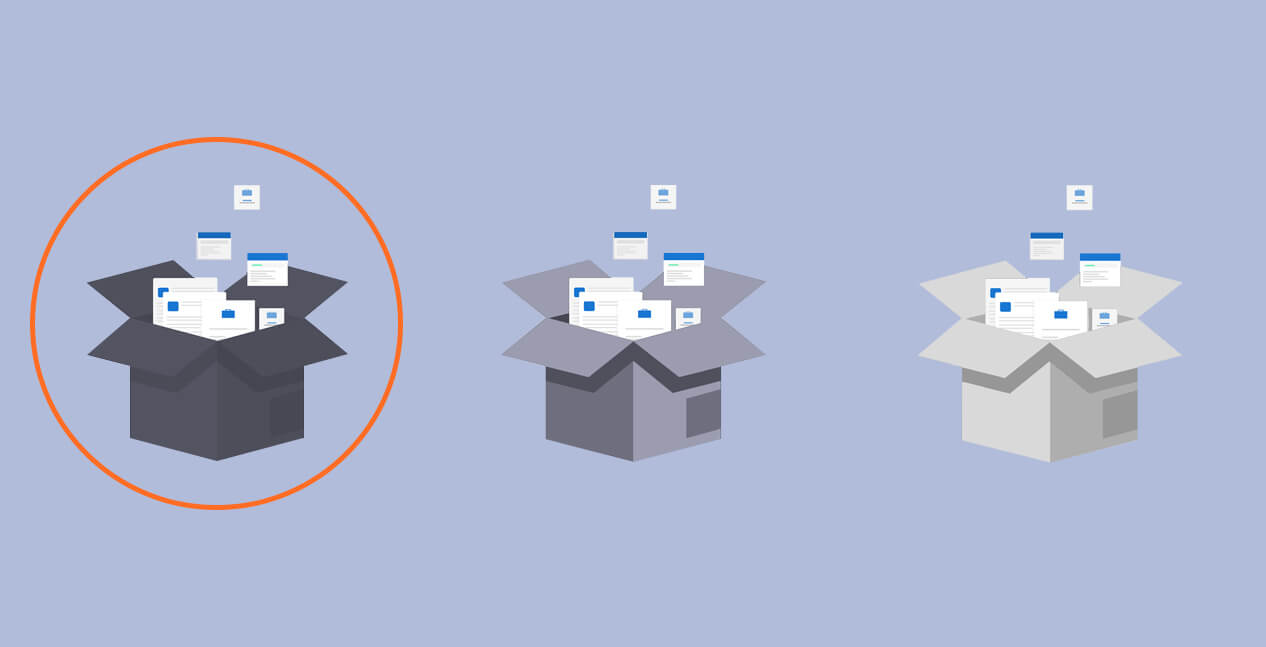We often consider someone calling our work unsatisfactory as criticism, but a few lucky folks are paid to do the same job. This group of humans is known as Testers and they are given the task of testing software applications. As satisfying as it may sound, testing can have its pains. Therefore to make the job a little easier, the three types of testing introduced are – Black Box Testing, White box testing, and Gray box testing. If the functionality of any software development has to be tested without having the internal coding then black box testing is used. It works on the principles, requirements, and specifications of the software while prioritizing the input and output of the software.
What is Black Box Testing?
Black box testing is also known as opaque technique, behavioral testing, functional testing, and closed-box testing is a type of software testing. When we enter a topic to search on the search engine, we type out the topic and enter search. The result is obtained thereafter without looking at the internal structure or working. This is an appropriate example of black-box testing.

How is Black Box Testing done?
The steps for carrying out Black Box Testing are as follows:
- At first, the application to be tested is studied to find out the requirements and specifications. The SRS (Software Requirement Specification) document should be maintained with accuracy.
- The inputs and test scenarios are evaluated. Efficient and time-saving techniques are incorporated.
- Test cases are generated. These test cases are made in such a way that the input range is maximum.
- The test cases are then processed to obtain the output. The generated output is compared with the expected output to understand the success of the result.
- If there are unsuccessful steps, they are sent to the software development teams for fixing.
- The defects are fixed.
- Run the tests again for confirmation.
Types of Black Box Testing
There are three types of black-box testing namely- functional testing, non-functional testing, and regression testing.
1. Functional Testing
If a particular function or feature of the software is tested then it is categorized under black-box testing. For example, if the correct pin is entered then money can be transferred and if the incorrect pin is entered, the transaction fails.
Examples of Functional Testing are:
- Unit Testing
- Smoke Testing
- Sanity Testing
- Integration Testing `
- User Acceptance Testing

2. Non-functional Testing
If Black box testing is used to test more aspects other than functionalities and features it comes under the umbrella of non-functional testing. Non-functional testing revolves around examining how well the system does a job.
This can testify whether or not the software is:
- Capable of working when the load is maximum.
- Compatible to work with different devices.
- Easy to use.
3. Regression Testing
Regression testing helps to find if the new codes have had any ill effects on the already existing ones. Regression testing is basically selecting complete or parts of test cases that had already been executed to make sure that the functionalities do have any abnormalities. In easy words, it tests to make sure that the new codes do not have side effects on the old codes. The different regression testing tools are Selenium, Quick Test Professional or QTP, Rational Functional Tester.
Techniques of Black Box Testing
Equivalence Partitioning
As the name suggests, the inputs are partitioned into groups or more literally partitions. Only one input from every group is tested to find the results. The inputs are usually numeric values or a set of values or Boolean conditions. For example, if the field accepts an integer in the range 1 and 20 then:
Valid Equivalence Class Partition: 1 to 20 inclusive.
Invalid Equivalence Class Partition: Less than 1 or more than 20, decimal numbers or alphabets and other non-numeric characters.
Boundary Value Testing
In boundary value analysis the answers are within specific boundaries. The two ends, the inner and the outer limits are considered in this type of testing. For example, an offer is valid for customers between the ages of 18 and 30 only. Therefore other values such as 17, 18, 30 or 31 can be tested to check whether the inputs are accepted.

Decision Table Testing
If the results are obtained depending on certain conditions it comes under Decision table testing. If the conditions are combined they form rules. The outputs of these rules are formed and the test cases are structured. For example, the government provides different schemes depending on the age of the citizen. Whether they are minors or above 18 or retired makes them eligible for different schemes.
State Transition Testing
If there are different responses during transition from one state to another then state transition testing can be incorporated. For example if the user wants to login to any application but enters the password wrong, after a particular number of attempts the account is locked. Therefore there is a transition from an available state to a locked account.
Error Guessing
Error Guessing is a technique based on guessing the errors that can stay in the application.
It can help to look for various faults which systematic techniques may fail to detect. The method almost always depends on the tester’s prior experience and their foresight to guess where defects can occur in the future.
Advantages and Disadvantages of Black Box Testing
Advantages
The advantages of black box testing are:
- It’s one of the best options for functional testing.
- Test cases can be created fast with the help of black box testings
- Helps in easy implementation of the application.
- The tester does not need knowledge of programming language or system implementation.
- The tester and the designer do not work together hence the testing is unbiased.
- Can be implemented by testers without technical knowledge.
- If there are any ambiguities in the specification, bbt helps to identify them.
Disadvantage
- Everything has positive as well as negative sides to it. Therefore, along with advantages, there is a set of disadvantages that follows with bbt. The disadvantages are:
- If the number of test inputs is more, then it can be time-consuming and exhausting.
- Achieving no result at the end of a test is a big probability.
- The whole software is not tested as it can be time-consuming.
- Black box testings depend on specifications hence building test cases without specifications becomes very difficult.
- Cannot be used for complicated software.
FAQ
If testing is done without any knowledge of the internal system it is known as Black Box Testing. The input is provided on which tests are run and through it, the output is generated.
The errors that are not identified by black box testing are: missing functions, incorrect functions, data structure errors, behaviour errors, interface errors, performance errors, initialization and termination errors.
The type of Black Box Testing that concentrates on the functions of the application is known as Functional Testing. In functional testing an input is fed and when the output is received it is compared with the expected results.








